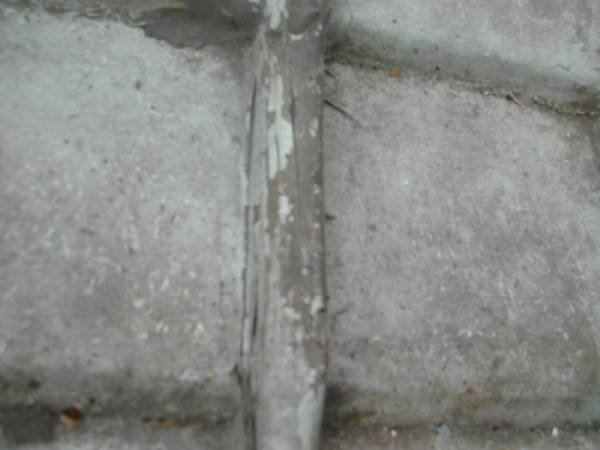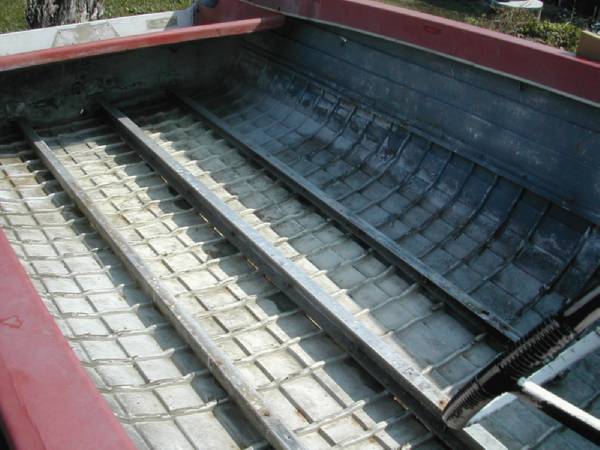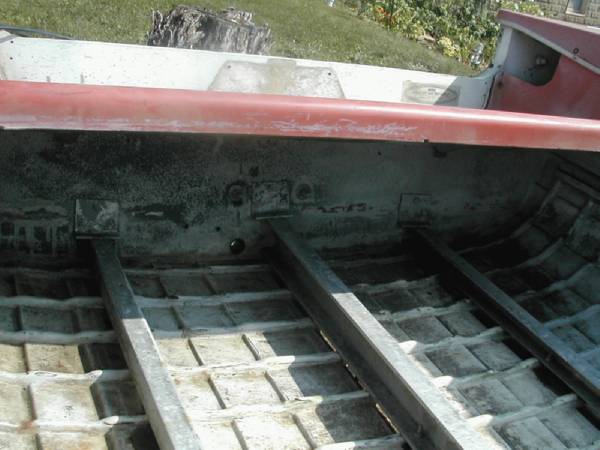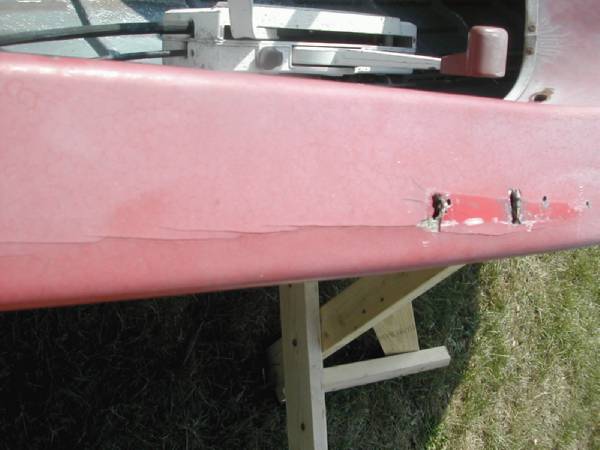Re: Restoration project
I'll try to post more detailed pictures of the floor, but yeah, that is similar. The one thing that has been bugging me while cleaning all the crud out of the hull is the ribs don't let water flow all the way out. Now, that isn't a huge problem, it just means that water can sit down in between these ribs, under the floor for a long time. As I mentioned before, the wooden floor was not originally glassed to the hull, it simply sat on the stringers (found a few old rusty screws that held it down) and vinyl stripping where the wood meets the hull. The wood didn't go all the way to the bow (just enough room for your feet) or the stern (it was open under the splash well).<br /><br />Regarding the steering wheel: I may just replace all of the steering components if I have to put a new motor on it. Over the next few weeks I'm going to determine if the old Johnson Fat-50 is servicable.
I'll try to post more detailed pictures of the floor, but yeah, that is similar. The one thing that has been bugging me while cleaning all the crud out of the hull is the ribs don't let water flow all the way out. Now, that isn't a huge problem, it just means that water can sit down in between these ribs, under the floor for a long time. As I mentioned before, the wooden floor was not originally glassed to the hull, it simply sat on the stringers (found a few old rusty screws that held it down) and vinyl stripping where the wood meets the hull. The wood didn't go all the way to the bow (just enough room for your feet) or the stern (it was open under the splash well).<br /><br />Regarding the steering wheel: I may just replace all of the steering components if I have to put a new motor on it. Over the next few weeks I'm going to determine if the old Johnson Fat-50 is servicable.























